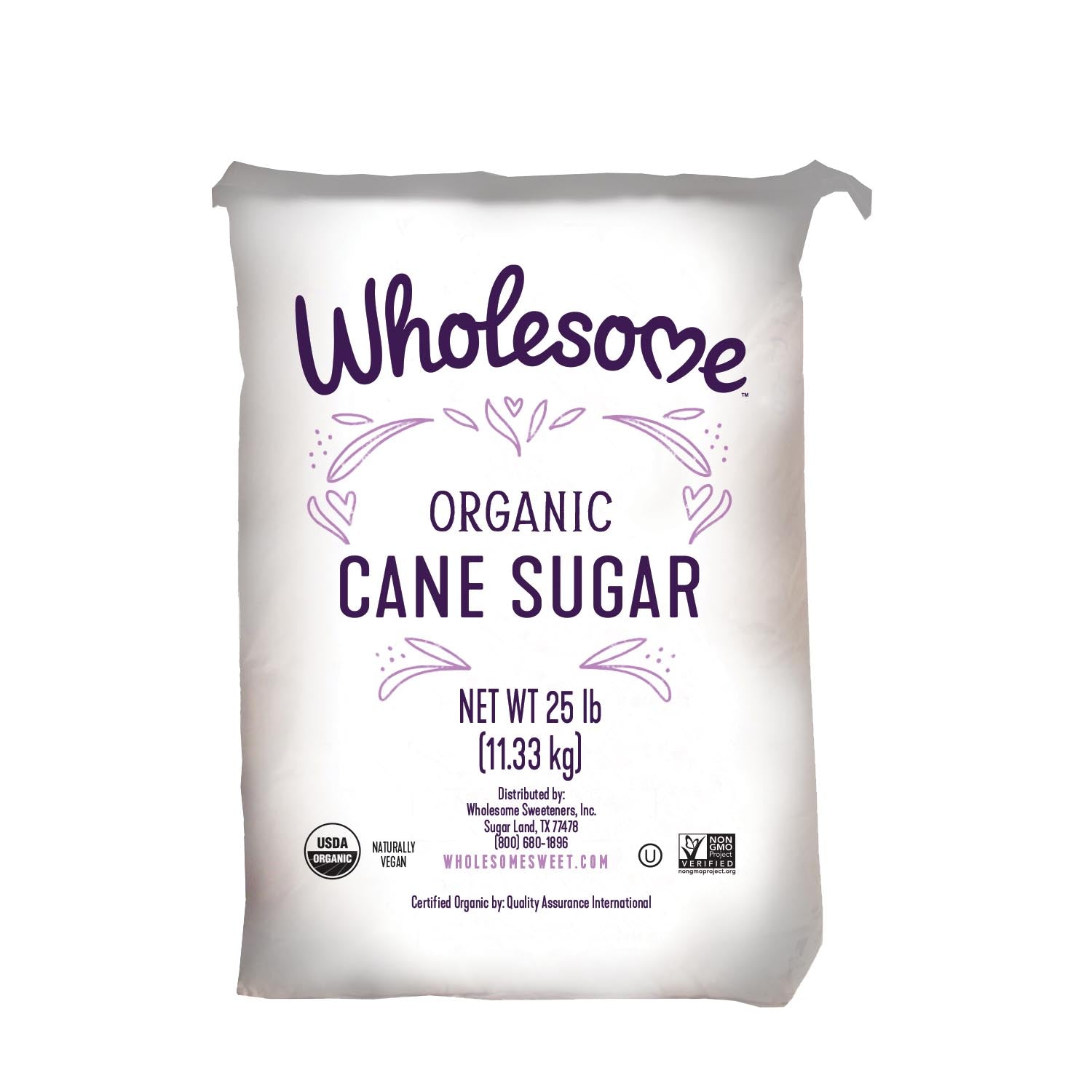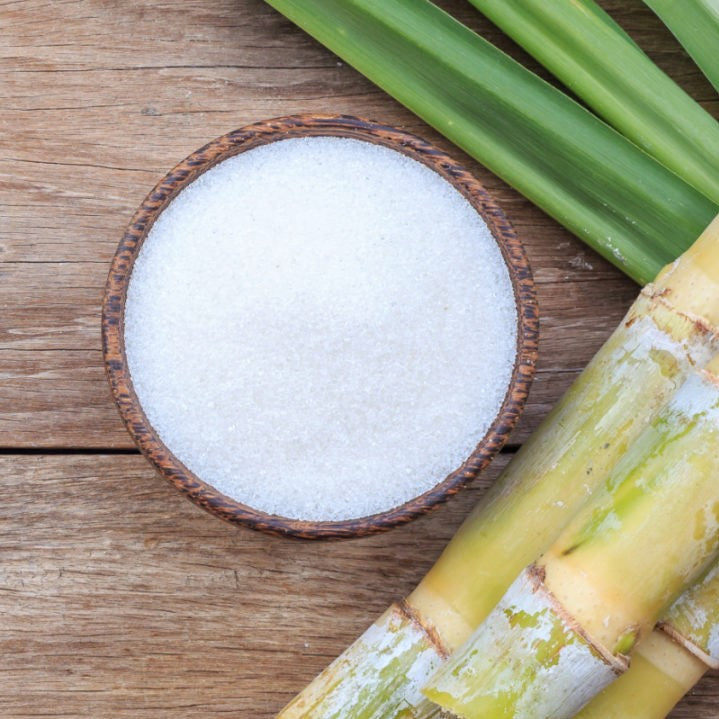Cane Sugar Processing: Secret Technologies for Superior Sugar Production
Cane Sugar Processing: Secret Technologies for Superior Sugar Production
Blog Article
Checking Out the Comprehensive Steps Associated With Walking Cane Sugar Handling From Harvesting to Improvement
The process of walking stick sugar production encompasses a collection of detailed steps, beginning with the mindful harvesting of sugarcane and finishing in the refinement stages that guarantee the final product satisfies industry requirements. Each phase, from the removal of juice to the purification and formation processes, plays a vital duty in figuring out the top quality and personality of the sugar.
Gathering Sugarcane
Harvesting sugarcane is a critical action in the walking stick sugar processing chain, as it directly influences the high quality and yield of the final item. Appropriate timing and methods are vital throughout this stage to ensure optimal sugar web content and decrease losses. Commonly, sugarcane is harvested when it reaches maturation, typically 12 to 18 months after planting, defined by a high sucrose focus.

Post-harvest, the sugarcane should be refined promptly to avoid sucrose deterioration. Ideally, gathered walking stick ought to be moved to processing facilities within 24-hour to maintain sugar high quality. Consequently, reliable logistical planning is crucial to preserve the integrity of the harvested crop throughout the supply chain.
Extraction Refine

The smashed cane is subjected to a collection of pushing procedures to maximize juice recovery. Normally, warm water is sprayed onto the smashed walking cane, producing a countercurrent circulation that helps dissolve the sugar while likewise helping in the removal process. The juice collected from this operation consists of not just sugar yet likewise numerous natural substances and contaminations.

To improve removal performance, some facilities may employ diffusion techniques, where the sugarcane is saturated in warm water, enabling the soluble sugars to diffuse into the fluid. The resulting juice, abundant in sucrose, is then routed to subsequent processing phases, laying the structure for purification and improvement. The removal process is thus pivotal in figuring out the high quality and return of the last sugar product.
Filtration Techniques
The purification strategies utilized in walking stick sugar handling are crucial for transforming the raw juice right into a high-quality sugar product. These approaches primarily aim to get rid of impurities, such as soil, plant products, and not natural materials, which can adversely influence the end product's taste and shade.
Among the most common filtration techniques is explanation. This procedure entails including lime and heat to the raw juice, which assists in the coagulation of impurities. The resulting precipitate is then gotten rid of via sedimentation or purification, producing a clearer juice. In addition, making use of phosphoric acid can improve the information process by further binding pollutants.
One more substantial technique is carbonatation, where co2 is introduced to the cleared up juice. This reaction creates calcium carbonate, which records remaining impurities and advertises their elimination.
Furthermore, triggered carbon treatment might be put on adsorb any kind of remaining colorants and natural impurities, ensuring a much more refined product. The mix of these approaches successfully prepares the sugar juice for succeeding action in the refining procedure, establishing the phase for the manufacturing of high-quality walking stick sugar.
Formation Approaches
After the purification phase, the following essential step navigate to these guys in walking cane sugar processing includes crystallization approaches, which play an essential function in changing the clarified juice right into solid sugar. This process usually uses two key approaches: spontaneous formation and regulated condensation.
In spontaneous crystallization, supersaturated sugar solutions are enabled to cool down naturally, leading to the formation of sugar crystals over time. This approach allows for the uniform growth of sugar crystals and higher purity.
Throughout condensation, the made clear juice is focused with dissipation, raising its sugar material till it reaches supersaturation. Once this factor is accomplished, either technique can help with the crystallization process. Cane Sugar Processing. The resultant sugar crystals are after that divided from the staying syrup via centrifugation
Eventually, the choice of crystallization technique affects the high quality, size, and pureness of the final sugar product, making this step essential in the total walking cane sugar processing treatment.
Refinement and Packaging
Exactly how can the pureness and quality of cane sugar be additionally boosted after condensation? The improvement procedure plays a critical role in achieving top notch walking cane sugar.
Following, the sugar goes through a procedure called centrifugation, where it is rotated at broadband to separate the detoxified sugar crystals from the remaining fluid. After centrifugation, the sugar is often more improved via a method called carbonization or phosphatation, which uses triggered carbon or phosphoric acid to remove color and off-flavors.
As soon as fine-tuned, the sugar is dried out to accomplish the desired wetness content, ensuring that it continues to be stable throughout storage and transportation. The last step involves product packaging the polished sugar in moisture-proof and airtight containers to keep its high quality and avoid contamination. Cane Sugar Processing. Appropriate packaging not only prolongs service life yet additionally facilitates easy handling and circulation, making sure that consumers obtain sugar that fulfills the highest requirements of pureness and top quality
Conclusion
The comprehensive actions involved in cane sugar handling, from the precise harvesting of sugarcane to the complex refinement and packaging stages, highlight the significance of each phase in ensuring top notch sugar manufacturing. Optimal harvesting techniques, reliable removal methods, and rigorous purification procedures look here collectively contribute to the last Get More Information product's purity and security. The formation and subsequent packaging methods better boost the stability and service life of the sugar, highlighting the complexity and precision intrinsic in this vital agricultural market.
The process of cane sugar manufacturing includes a collection of intricate actions, starting with the cautious harvesting of sugarcane and finishing in the refinement stages that make sure the final item fulfills market criteria. Ideally, harvested cane ought to be transported to refining facilities within 24 hours to maintain sugar high quality.In spontaneous crystallization, supersaturated sugar services are enabled to cool normally, leading to the development of sugar crystals over time - Cane Sugar Processing. The improvement process plays a vital function in attaining high-quality walking cane sugar.The thorough steps entailed in cane sugar handling, from the careful harvesting of sugarcane to the complex refinement and packaging phases, underscore the value of each stage in ensuring top quality sugar production
Report this page